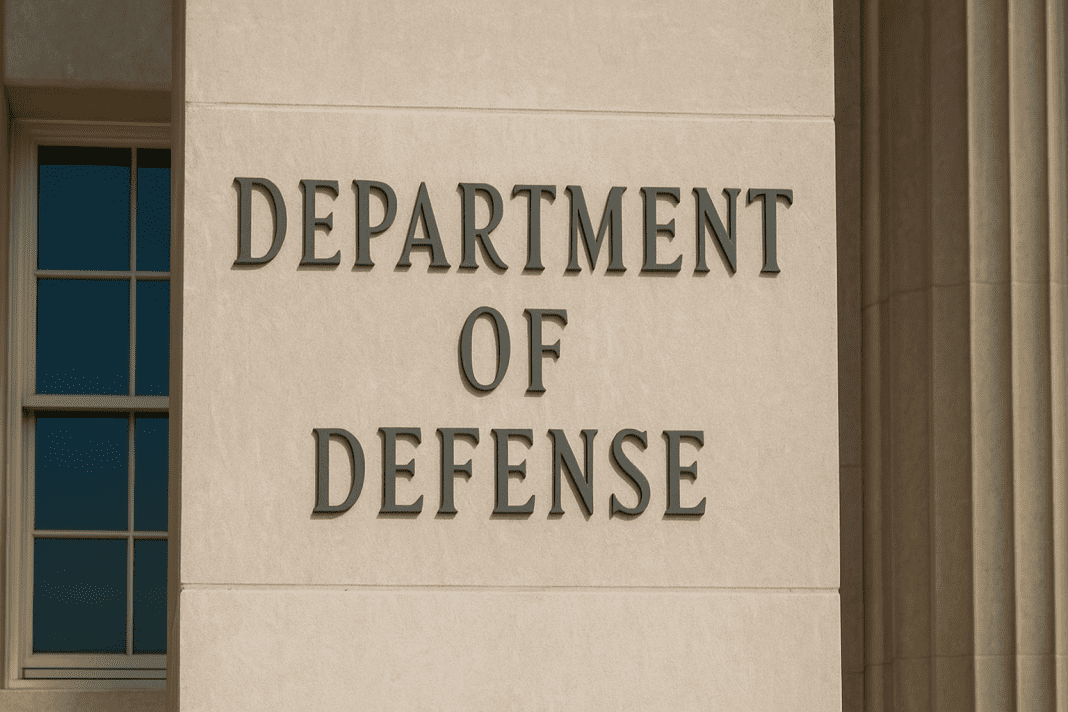The United States Department of Defense was created by Congress in 1949. The world had just seen the destruction of World War II, and the international order was changing rapidly. America needed a stronger, more organized military system to respond to new global challenges.
How the Defense Department Came Into Existence
At that time, the Soviet Union was spreading its influence. NATO was created as a shield against Soviet power. Soon after, the Soviets tested their first nuclear bomb. In China, Mao Zedong declared the founding of the People’s Republic. For Americans, these were frightening developments.
The U.S. government wanted to show that its main goal was not to start wars but to prevent them. That is why the new department was named the Department of Defense. The word “defense” sent a powerful message. It made clear that America was committed to protecting itself and its allies, not launching aggressive wars.
Defense Department Rolls Out Vital Welfare Upgrades for Troops
Earlier, the military was run in a divided manner. Congress had created the War Department in 1789 and later set up the Navy Department. This created rivalries between the Army and Navy. After World War II, leaders realized that such divisions were dangerous. The creation of the Defense Department brought coordination, efficiency, and civilian leadership. This new structure allowed the United States to respond better to crises without confusion.
Trump’s Push to Bring Back the “War Department”
President Donald Trump has argued that the name “Department of War” sounds stronger. He believes it connects to the era when the United States won World War I and World War II. In his view, the term “war” carries power and pride.
He even signed an executive order stating that the Defense Department should be renamed as the War Department. According to this order, its leader, Pete Hegseth, would be called the secretary of war. The administration has already begun using the new name in official language.
But legally, Congress has the final say. Only Congress can approve the change. Historically, lawmakers have often deferred to the president on military matters. However, this issue gives Congress an opportunity to assert its constitutional authority.
Renaming the Defense Department is not a small step. It sends signals at home and abroad. Critics say it is not just about branding but about reshaping America’s image. By calling it the War Department, the administration aligns with a view that military power should dominate over diplomacy, alliances, and cooperation.
The move also fits within Trump’s “America First” philosophy. This approach often rejects soft power—such as diplomacy, partnerships, and global agreements—in favor of hard power and unilateral action. The name “War Department” reinforces this idea and reduces emphasis on defense as a protective mission.
Battle Over Blacklist: DJI Sues U.S. Defense Department
Why the Defense Department Name Change Matters for America and the World
The words chosen for institutions matter. They reflect values and priorities. The term “Defense” suggests protection, safety, and deterrence. The term “War” suggests aggression, force, and conflict.
America’s allies have long seen the Department of Defense as a symbol of stability. Its very name reassures the world that the United States is committed to preventing wars, not starting them. Changing the name risks sending the opposite signal.
For countries like Russia and China, which already describe the United States as an aggressive superpower, the name “War Department” may confirm their narrative. Trump’s executive order even states that the U.S. will “wage war to secure what is ours.” For some nations, such wording looks like a direct threat.
The shift in language may also have nostalgic appeal for some Americans. It recalls the period when the U.S. military achieved clear victories in the world wars. But it ignores the reality that those wars came with a terrible cost—tens of millions of deaths and global destruction.
Lessons of War and the Role of Deterrence
In later conflicts such as Korea, Vietnam, Iraq, and Afghanistan, victories were far less clear. These wars left scars on America’s military, economy, and global image. Going back to the War Department label may stir pride for past triumphs, but it risks overlooking the lessons of later entanglements.
Deterrence, the ability to prevent conflict through strength, has long been a central strategy. It worked during the Cold War, when two nuclear superpowers avoided direct war for decades. Today, with nine nuclear-armed nations and even more advanced weapons, deterrence remains crucial. Calling the institution the Defense Department reflects this understanding: that the goal is to prevent catastrophic wars, not to trigger them.
Unyielding Resolve: U.S. Defense Department Stands Strong With Israel
There is also an old saying from Sun Tzu, the ancient Chinese strategist: “The best battle is the one that you don’t have to fight.” By that standard, the Department of Defense has been fulfilling its purpose. It ensures America is prepared to fight if necessary but prioritizes preventing wars that need not happen.
The debate over the name is not just a matter of semantics. It reflects how America sees itself and how the world sees America. The facts of history, the dangers of the present, and the signals sent to allies and adversaries all make the naming of this department far more than a symbolic act.

